To those that have worked alongside him, Dr Alastair Palin’s lifetime achievement award last month from the Royal College of Psychiatrists was no surprise.
Nor was the fact the Aberdeen psychiatrist was singled out in the award for his “signature friendly and cheerful manner”.
A leading figure in Scottish psychiatry and a consultant psychiatrist at Aberdeen’s Royal Cornhill psychiatric hospital, Dr Palin has long brought his humour and spirit to his work.
“To keep doing it, to have done it as long as I have, you have to enjoy it in some way,” explains Dr Palin, 65.
But don’t be fooled. His cheerful disposition isn’t just a personality trait; it’s a deliberate approach to care.
In a place like Cornhill, which deals every day with the damaging and long-term effects of patients struggling with mental health issues, putting on a happy face is imperative.
“You have to keep that positive attitude every day,” he says. “If you are distressed and not coping, that easily goes on to the patient.”
How Alastair Palin became a psychiatrist
It is a lesson he has learned in a career that spans four decades, starting when he graduated from Aberdeen University’s medical school in Aberdeen after moving north from his hometown of Dalkeith just outside of Edinburgh.
He trained as a doctor in both Aberdeen and Edinburgh before making the jump into psychiatry, a branch of medicine that to him was profoundly human.
“I was thinking about general practice or being a physician, but I just loved the complexity of people’s problems and working with them,” he says.
At that time, however, psychiatry carried something of a stigma. Dr Palin had to contend with barbs that psychiatry wasn’t a real medical profession.
Even his parents, whom he describes as “World War Two, stiff upper lip”, didn’t tell anyone what he was doing until he became a consultant.
“People would ask them what I’m doing, and they’d say, ‘Oh, he’s training up in Aberdeen, he’s doing okay,” Dr Palin laughs.
Tackling social stigmas around severe mental illness
But while Dr Palin says that there is far more written today about mental health issues, public stigma around severe mental illness still exists.
“People with schizophrenia or psychosis,” he says, “often when it reaches the press, for example, it’s very negative.
“As a society, we are still on that journey.”
Dr Palin continues to work at removing that stigma. He retired in 2014, but works as a part-time consultant at Cornhill.
Typically for Dr Palin, his job involves the human touch.
“Everyone is an individual,” he says. “That’s the important thing to remember – people are individuals, not just illnesses.
He adds: “I’m incredibly lucky in that I can see about 20-odd people in a day, making decisions and working with them.
“But I’ve got to remember that for every one of those people, it’s probably a huge decision in their lives.”
The people that helped Alastair Palin succeed in psychiatry
As mental health challenges evolve, Dr Palin remains at the forefront of adapting care strategies, particularly in the wake of the Covid-19 pandemic that he says exacerbated issues for people already struggling.
“The people we’re seeing now are probably more ill than they were before the pandemic,” he says. “It’s not about the medications and all the fancy therapies, necessarily. Sometimes it’s about being part of society.”
It is no coincidence, then, that Dr Palin admits he wouldn’t have won his lifetime achievement award without the help of the people he has worked with, whether at Cornhill or his role as a medical director for Mental Health and Learning Disability Services in Grampian.
He also chairs several groups across the north-east, including Mental Health and Learning Disability Services and the Police Liaison Committee.
“It’s humbling,” he says of the award, “and it’s recognition not just for me, but for all my colleagues, patients and their carers.”
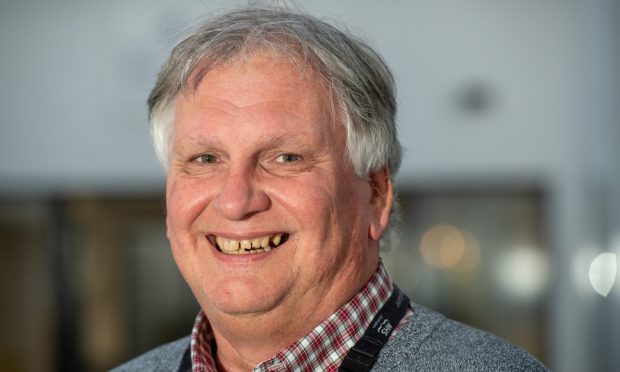
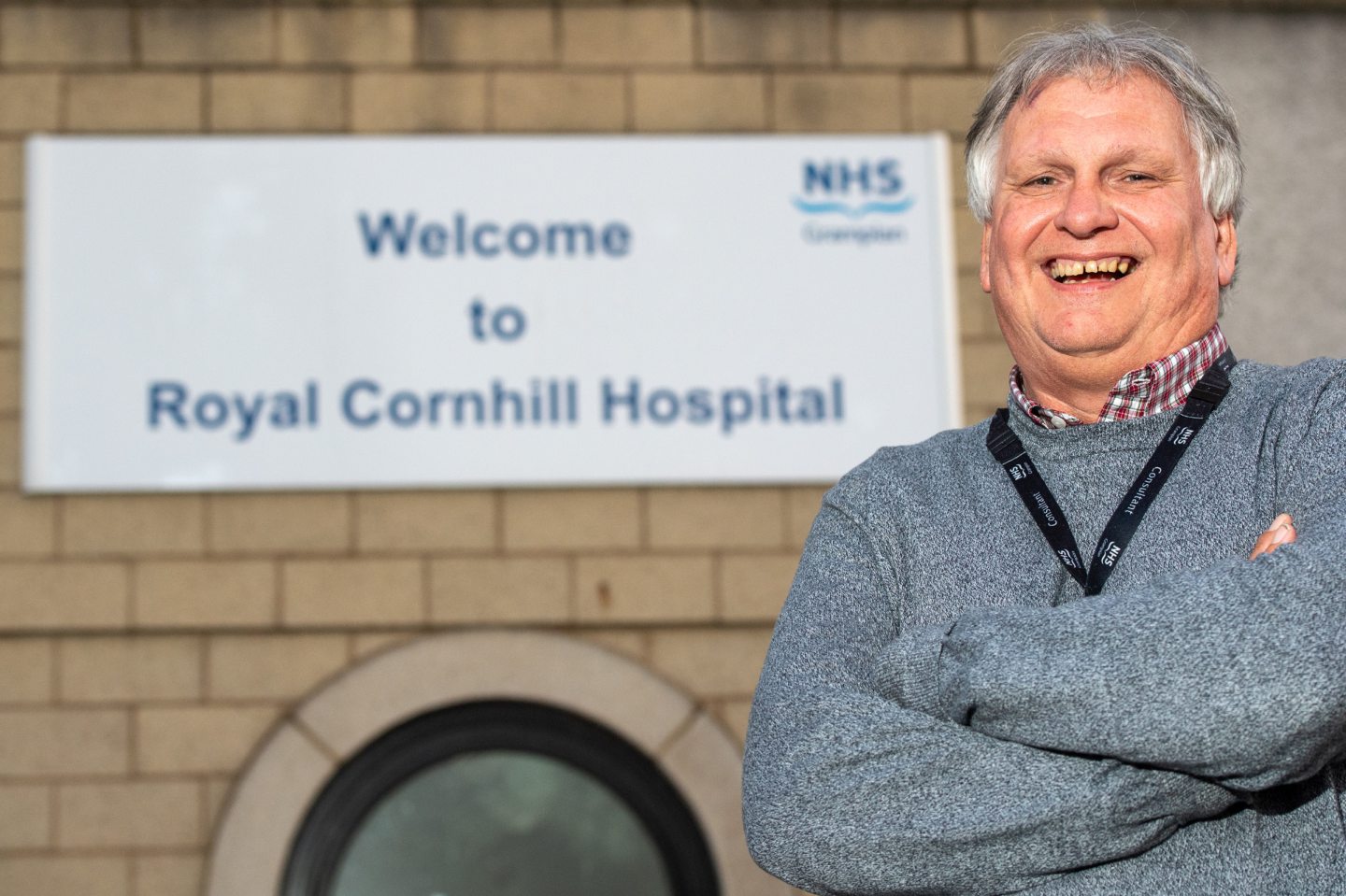
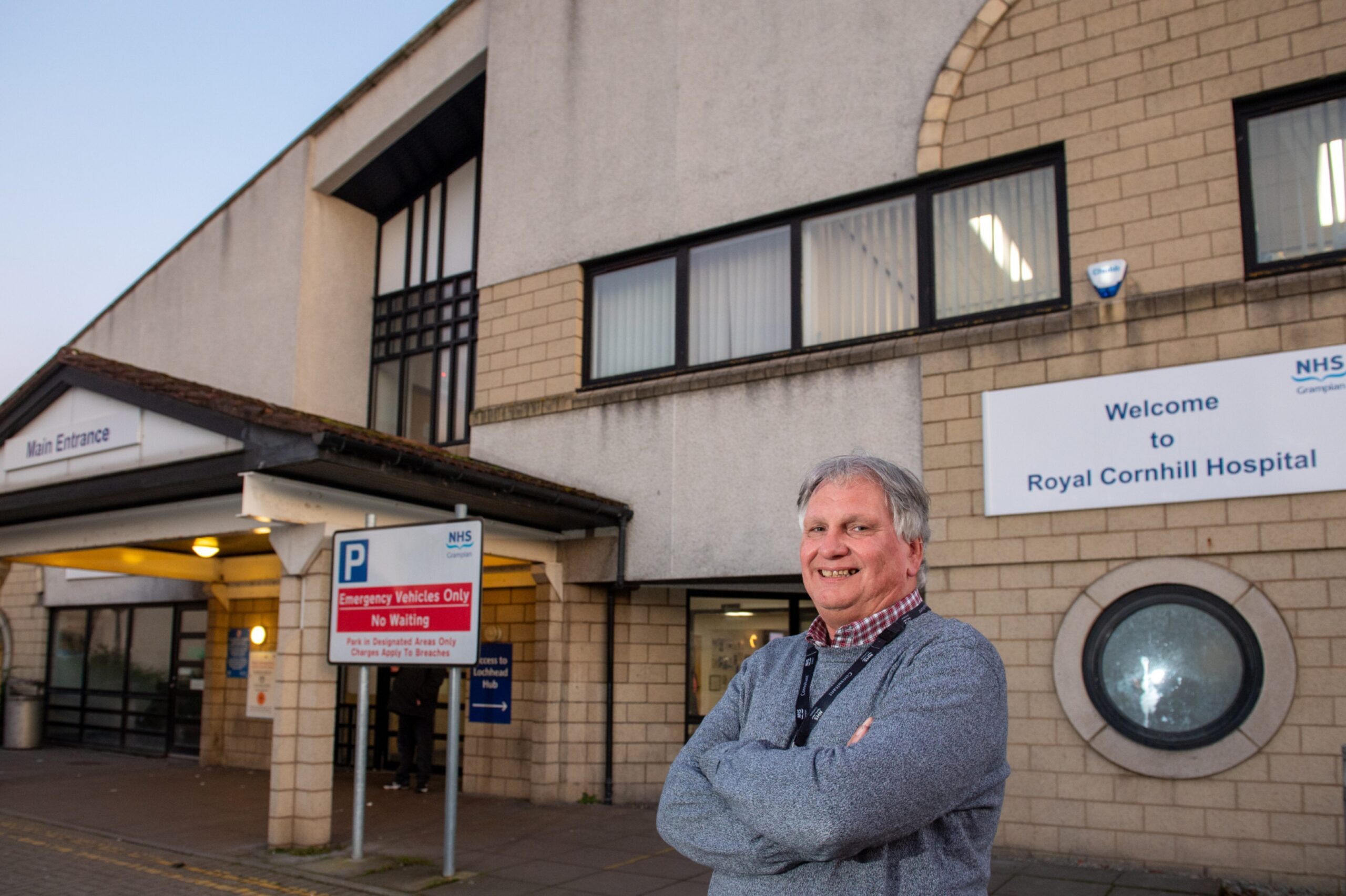
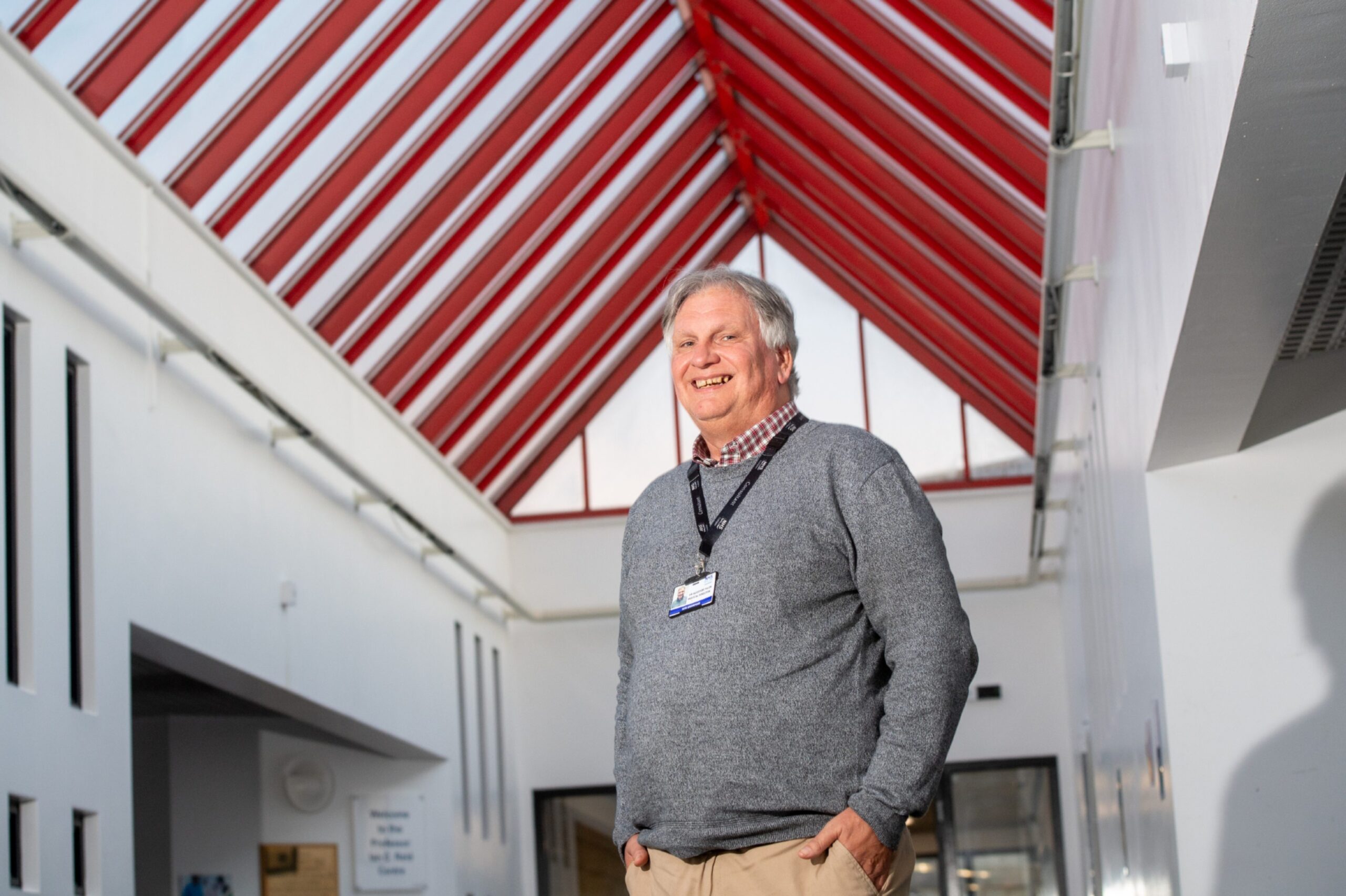
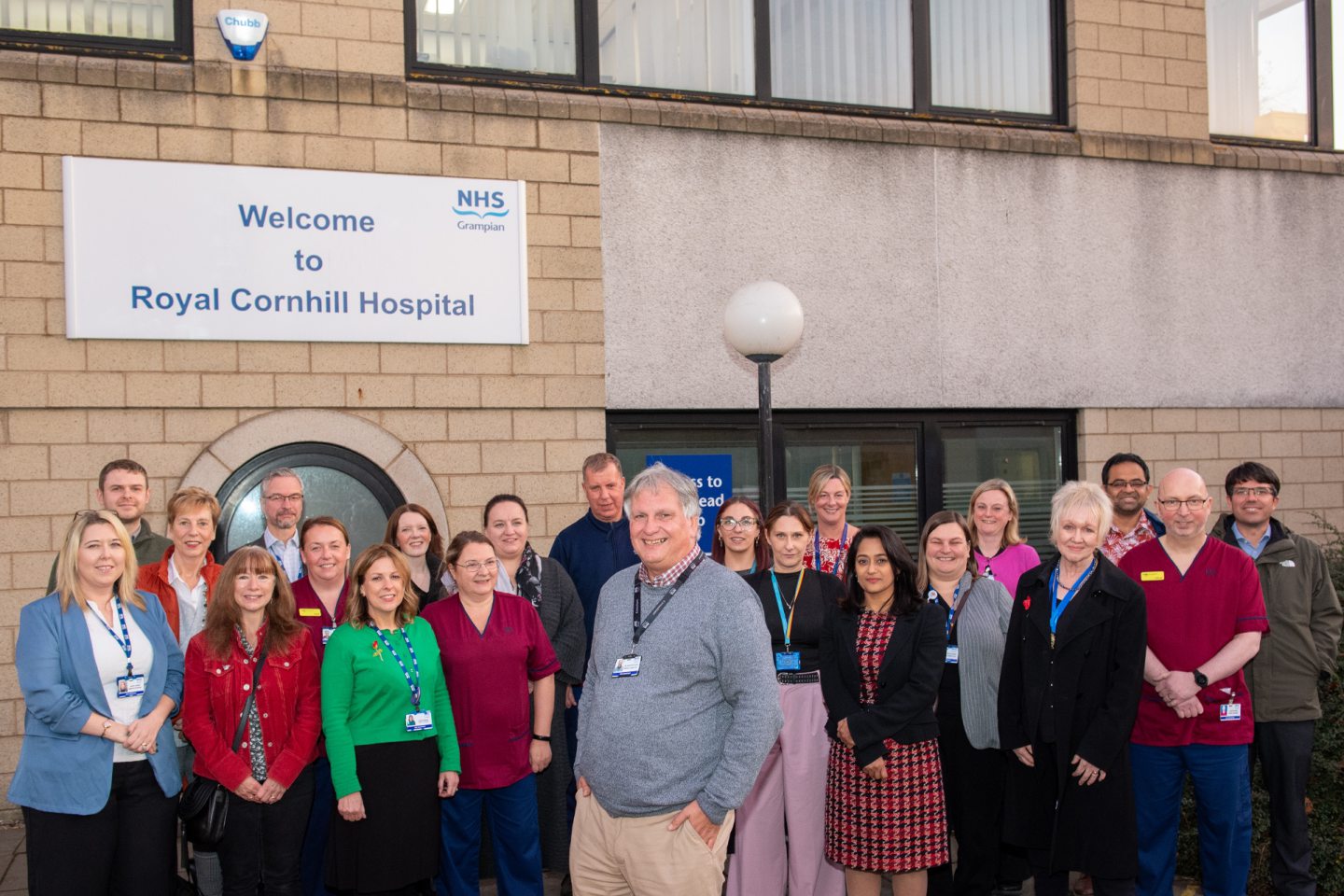
Conversation